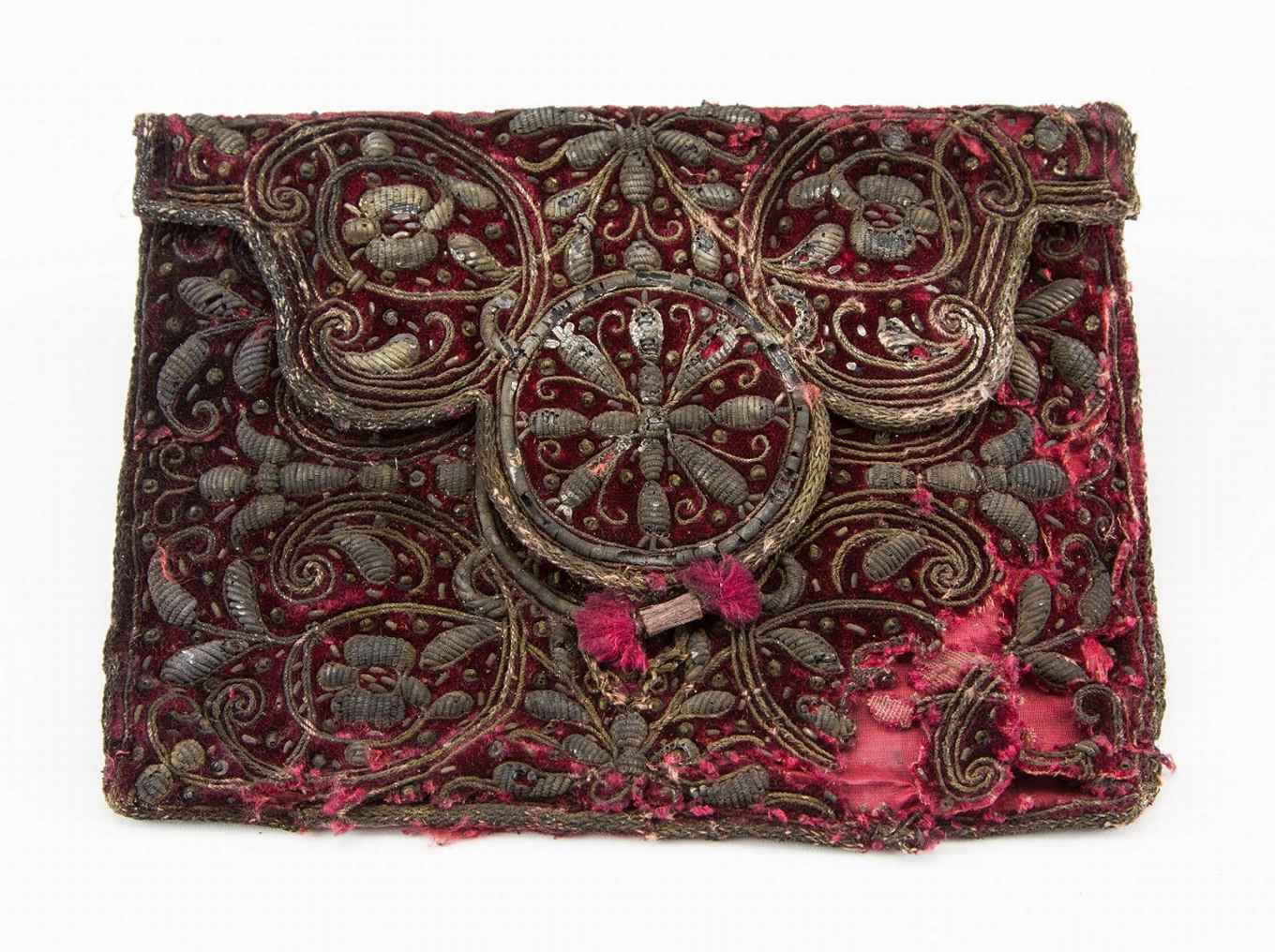Back to the objects
12 december 2017

Phased research
The research, which has been running since 2016, was conducted in phases. In 2016, the main focus was on the first preventative conservation, description of the condition and general inventories. In 2017, the focus was on research into the possibilities for storage in an oxygen-free environment, such as an airtight display case in which oxygen is replaced by nitrogen.
Textile research
In the third phase of the research, for which funding has once again been obtained from the province of North Holland, the owner of the collection, the textiles themselves will be researched further in order to obtain more information about how they were made, the origin and the date. This will involve collaboration with experts from the School of Historical Dress in London, who will meticulously study the textiles and make pattern drawings. In addition, weaving techniques will be studied. The research will be conducted in such detail that historically accurate reconstructions can be made in the future. It will also form the basis for further historical (costume) research in order to place the collection in context. This information will be indispensable to a possible exhibition.
Oxygen-free storage
After the characterisation of the textiles, research will also be conducted into the oxygen-free storage. The first results suggest that oxygen-free storage has a positive effect on the preservation of the colour of the textiles and also possibly on the condition of the silk itself. This research was conducted with the aid of so-called mock-ups: newly dyed silk that is artificially aged with different oxygen concentrations. The follow-up research will primarily examine whether this positive effect also occurs with historical textiles. Small textile fragments from the collection will be artificially aged for this. The experiments will be conducted on fragments that have limited cultural value. Moreover, the effects on the silver thread that is woven into a number of textile fragments will also be examined. This should lead to a management and conservation advice at the end of 2018.
Collaborative project
The research was conducted in collaboration with the Cultural Heritage Agency (Rijksdienst voor het Cultureel Erfgoed) and the Rijksmuseum, and falls under the reponsibility of the Netherlands Institute for Conservation Art and Science (NICAS). The first results are expected at the end of 2018. Based on these results, further research will be conducted with the ultimate goal being a presentation of the collection under the optimal conditions, in which this collection will be placed in its historical context.